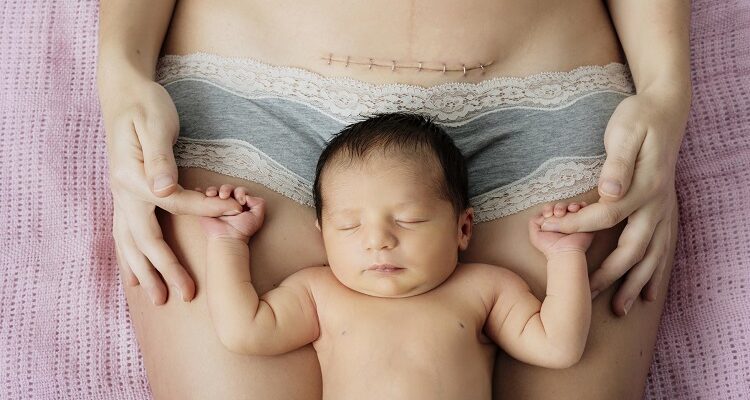Babies are born in one of the 2 ways available:- a vaginal birth or natural birth, and a surgical procedure known as a C-section.
Mothers without any complications can choose any option under the guidance of their doctor, but some mothers who have a small pelvis or have twins have to opt for C-section.
Females who want to know information about which method is suitable may look for the best obstetrics & gynaecology in Woodside. This is because a doctor will guide you on which method is suitable depending on various factors. Irrespective of your choice, taking a doctor’s advice is essential.
Table of Contents
Procedure: C-section vs. vaginal birth
During a natural birth, the mother experiences labour, the cervix dilates to let the baby’s head come out. The uterus contracts to push the baby towards the vaginal opening. Natural deliveries are pretty painful, and the contraction of the uterus feels like a very strong menstrual cramp. However, some women opt for painkillers. Babies born in this method are exposed to microbes in the birth canal and have a boosted immune system.
On the other hand, C-section is a surgical procedure. It lasts for 45 minutes. A slit is made in the abdomen and uterus, and the baby is delivered. Later the umbilical cord is cut, and the placenta is removed, followed by the closing of the incision. This procedure is not painful as the mother is under the effect of anaesthesia or a spinal blocker.
Recovery:- C-section vs. vaginal birth
Recovery time for a Vaginal birth varies from woman to woman, but usually, women stay in hospital for 1-2 for postoperative care. Women, after delivering a baby naturally, may have menorrhoea, swelling, or cramps.
Recovery time in case of a C-section is longer than natural birth. Women are allowed to leave the hospital 3-4 days after the doctor removes their stitches.
Complications:- C-section vs vaginal birth
In a vaginal birth, women may experience a perineal tear. Perineal space is the area separating the vagina from the anus. The tear of this area usually heals in 4-6 weeks.
Sometimes a cut is made to enlarge the opening and is later stitched, which is often painful.
Similarly, C-section may have several complications and could risk the life of the mother or the baby.
These complications include:
- infections
- Bleeding or haemorrhage
- Allergic reaction to anaesthesia
- Blood clots
Women who have had C-section previously may have chances of uterine rupture. This can cause fatal bleeding.
Subsequent C-sections also commonly show implantation of the placenta in the uterine muscle beside the uterine lining and is known as placenta accreta. Another common complication of subsequent C-sections is placenta previa, in which the placenta partially or entirely covers the cervix.
The final aim of both methods is to make sure that the baby born is healthy and the mother is safe with no post-pregnancy complications. Also, depending on your health and other factors, your doctor will guide you on which method is right for you.


Comments